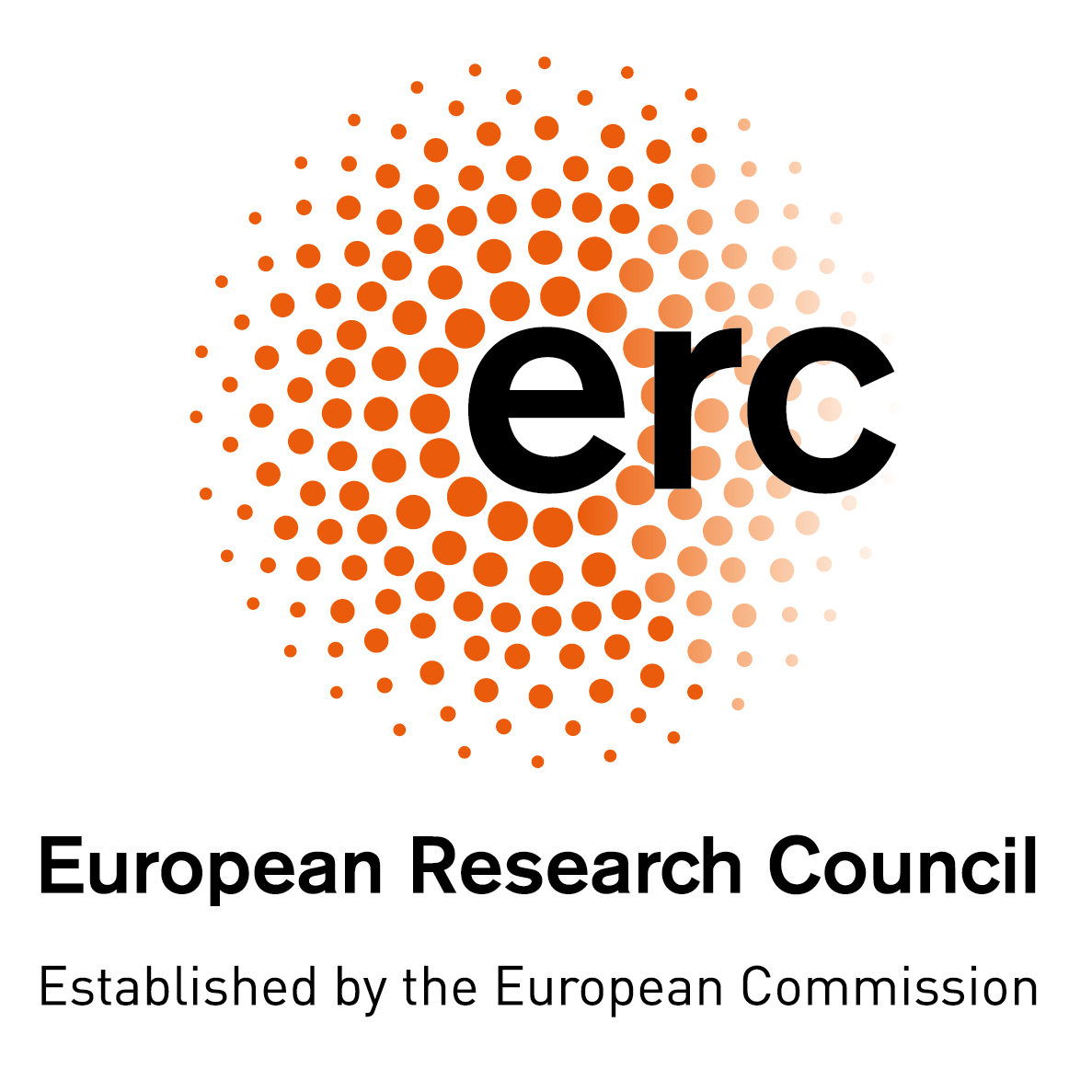Biocomputation Lab
RESEARCH GROUPS
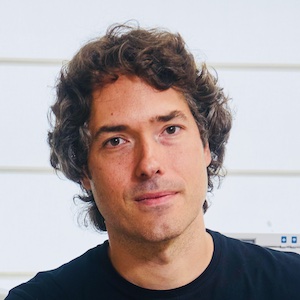
Ángel Goñi-Moreno
Group Leader
Contact
Research Summary
We design and build computations with living matter. Using genetic material, molecules, and living cells like bacteria, we design biological circuits to execute predefined functions. Ranging from Boolean logic to stochastic algorithms and distributed computations, these living systems are programmed using synthetic biology, aiming to achieve what we term “cellular supremacy”—a concept analogous to quantum supremacy—asserting that cellular computers will surpass conventional machines in specific tasks. Our research is profoundly interdisciplinary, drawing upon mathematics and physics to elucidate biological systems’ functioning, and molecular biology and microbiology to implement and apply them—all coordinated by computer science principles that provide fundamental insights into biological information and its processing. We aim to apply our programmed bacteria within environmental problems.
Research Lines
Engineered biological circuits – Designing biocircuits to perform predefined functions
Genetic and metabolic networks are like cascades of events triggered by certain inputs, such as environmental signals, to deliver outputs. We design and implement synthetic networks that process inputs into outputs according to predefined rules encoded in the genetics of microbes. This set of rules is equivalent to an algorithm. In other words, we program biocomputations that are tailored to an application or case study in the environmental field. We are currently working with the bacteria E. coli, P. putida, G. sulfurreducens and P. protegens.
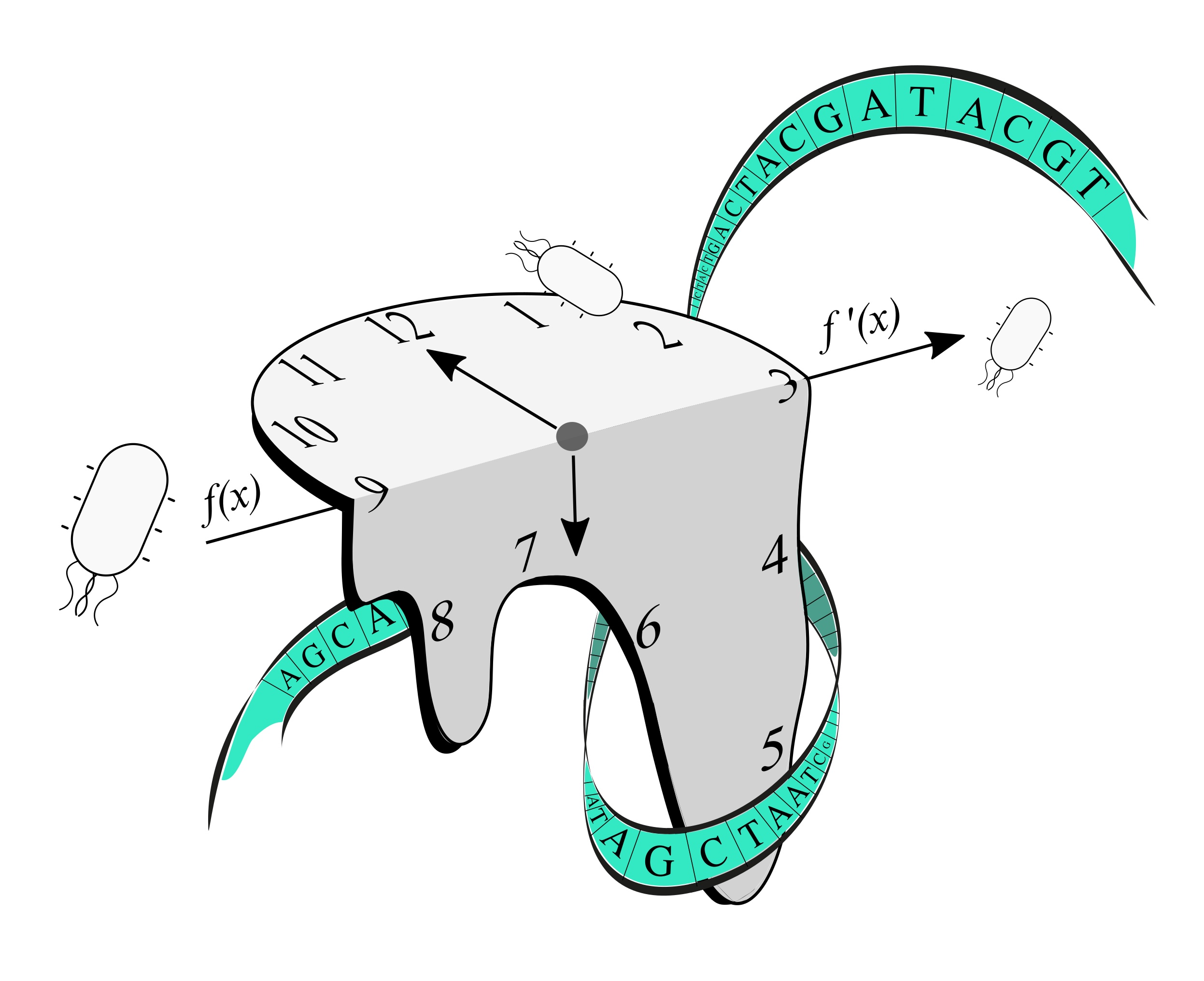
Biological complexity: from context to evolution – Understanding how context affect performance
Genetic circuits are much more than DNA sequences and they do not guarantee the same behaviour in different organisms. Their performance is influenced by how the host context interacts with the circuits, something we call contextual dependencies. Our aim is to characterise these interactions and modify the spatial structure of circuits and the extracellular environment to affect their performance without modifying the DNA. Ultimately, we aim to achieve the challenging goal of programming evolutionary dynamics.
Mathematical modelling beyond experiments – Towards a comprehensive understanding of biological systems
How does ribosome jamming alter translation? What are the effects of transcription-translation coupling of circuits? Can multicellular systems be effectively modulated? We use mathematical modelling and computational simulations to better understand how biological systems work. In addition, these tools allow us to design and predict the performance of new biological circuits, as well as to interpret experimental results to refine initial designs.
Standards, automation, and data handling – Committed to synthetic biology standardisation
Our laboratory uses and has contributed to the Standard European Vector Architecture (SEVA) and the Synthetic Biology Open Language (SBOL). We are developing methods to visualise and edit design information in a user-friendly manner, and we use automation machinery. Ensuring that these and other automation facilities fit our laboratory’s requirements is a task in its own: we write protocols, methods, and calibration scripts, centralise information and engineer our own ad hoc solutions.
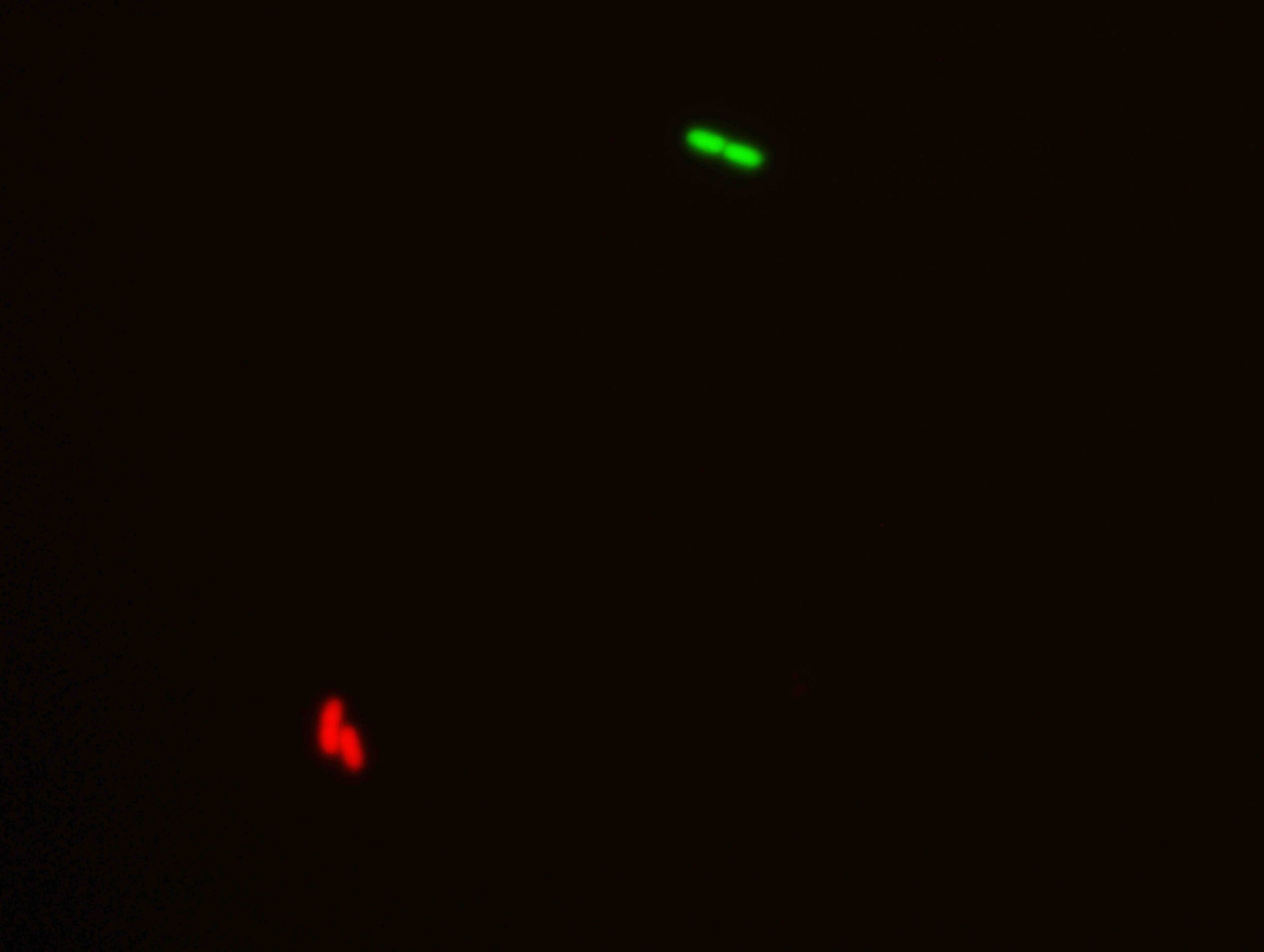
Publications
Group Members
Group Leader
Ángel Goñi-Moreno
Staff scientists
Jesús Miró-Bueno
Elena Rodríguez García
Ángeles Hueso-Gil
Juan Rico
Postdoctoral Researchers
Lorea Alejaldre
Lewis Grozinger
Lab manager
Coral García
PhD candidates
Pablo Japón
Paula Múgica
Crislaine Rocha
Alejandro Requena
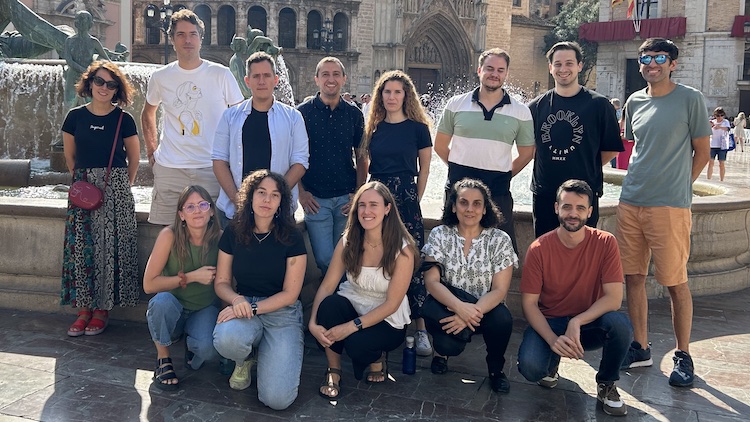
News
Las Sinergias Severo Ochoa financiarán 8 proyectos colaborativos de grupos del CNB
La convocatoria interna Sinergias Severo Ochoa del Centro Nacional de Biotecnología (CNB-CSIC) financiará ocho proyectos colaborativos de grupos de investigación del centro, impulsando el desarrollo de programas transversales de alta calidad científica. Entre las...




